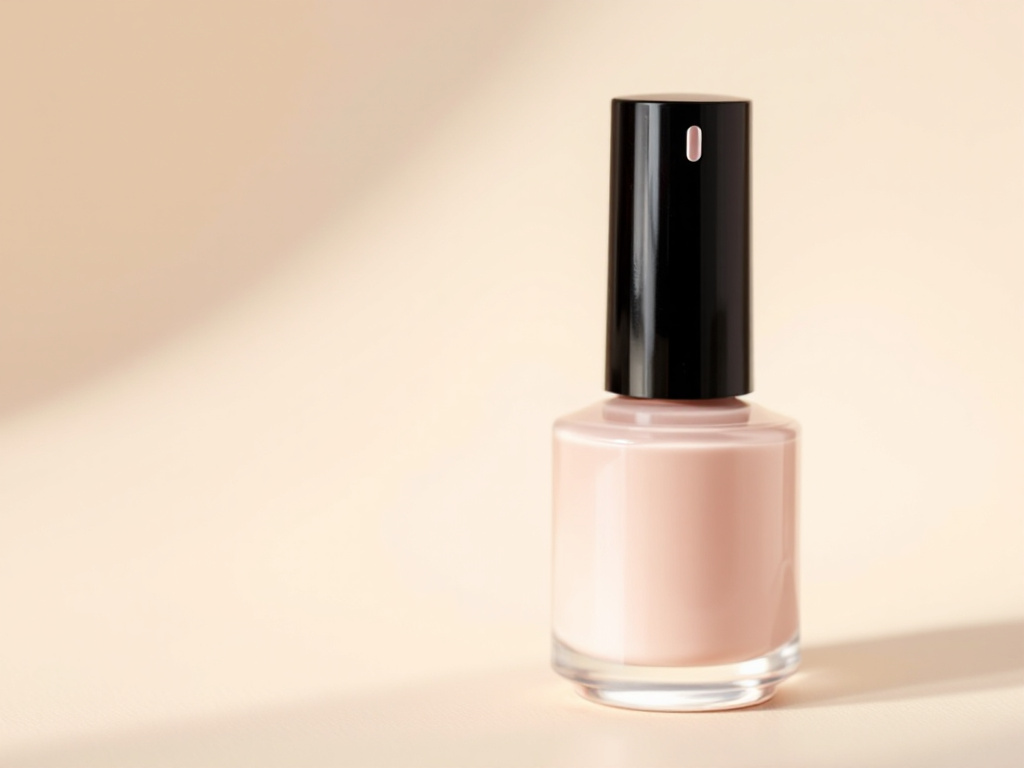Introduction of Nail Polish
Nail polish is a widely popular cosmetic product designed to beautify and protect fingernails and toenails. Available in a variety of colors, finishes, and styles, it allows individuals to express their personal taste and creativity. Beyond its aesthetic appeal, modern formulations often include features like long-lasting wear, quick-drying properties, and added nutrients to promote nail health. With its rich history and continuous innovations, nail polish remains a staple in the world of fashion and self-expression.
How To Make Nail Polish At Home?
Making nail polish at home is a fun and creative process that allows you to customize colors and formulas to your liking. Here’s a simple method you can try:
Materials Needed to Make Nail Polish at Home
- Clear nail polish (serves as the base)
- Eyeshadow or pigment powder (for custom colors)
- Small funnel or parchment paper (to avoid mess while adding pigments)
- Mixing stick or toothpick (to blend the pigment into the polish)
- Empty nail polish bottles (for storing your custom polish)
- Nail polish thinner (optional, for adjusting consistency)
- Essential oils or vitamins (optional, for added benefits)
- Nail polish mixing balls (optional, for easier blending)
Now that you have your materials gathered, let’s dive into the step-by-step process of making nail polish at home. To start, make sure to clean and sterilize all your tools and containers to prevent contamination and ensure a longer shelf life for your homemade polish.
Step-by-Step Method to Make Nail Polish at Home
1. Prepare Your Workspace
Lay down newspaper or a protective cover on your workspace to avoid stains and make cleanup easier. Ensure all tools and containers are properly cleaned and sterilized.
2. Choose Your Pigment
Select the eyeshadow or pigment powder in your desired color. You can combine multiple colors to create a unique shade. Crush the eyeshadow into a fine powder if it isn’t already.
3. Fill the Empty Bottle
Use a small funnel or create one with parchment paper to pour the clear nail polish base into the empty nail polish bottle if it is not pre-filled. Leave some space at the top for mixing and pigment.
4. Add Pigment
Using the funnel or parchment paper, add the finely crushed pigment powder into the bottle of clear nail polish. Start with a small amount—around half a teaspoon—and you can add more later to adjust the color’s intensity.
5. Mix Thoroughly
Drop in a mixing ball if you have one, then tightly seal the bottle and shake vigorously for 2-3 minutes. This helps blend the pigment and nail polish base evenly. Use a mixing stick or toothpick for additional stirring if needed.
6. Adjust Consistency
If the polish is too thick, add a few drops of nail polish thinner. Shake well again until you achieve your preferred consistency.
7. Enhance with Optional Ingredients
For added benefits, mix a drop or two of essential oils like jojoba or argan oil, or a small amount of nail-strengthening vitamin solutions. Make sure they are compatible with nail polish formulas.
8. Test and Finalize
Apply a small amount of polish to a nail or nail swatch to check the color and texture. If needed, adjust the pigment, consistency, or add more layers for a richer look.
9. Clean the Bottle Threads
Wipe off any polish residue on the bottle threads before closing the lid to prevent it from drying and sealing the lid shut.
10. Label and Store
Label your creation with the shade name or a description for easy reference. Store your homemade nail polish in a cool and dry place to ensure a longer shelf life.
Tips to Prevent Nail Polish from Thickening
1. Keep Bottles Tightly Sealed
Always ensure the nail polish bottle is tightly closed after use to prevent air exposure, which can cause the polish to thicken over time.
2. Store in a Cool, Dry Place
Avoid storing nail polish in hot or humid environments. Extreme temperatures can alter the consistency of the polish.
3. Avoid Shaking the Bottle
Instead of shaking the bottle to mix the polish, gently roll it between your palms. Shaking introduces air bubbles, which can contribute to thickening.
4. Use Nail Polish Thinner
Add a few drops of nail polish thinner to revitalize thickened polish. Never use acetone or nail polish remover, as these can break down the polish formula.
5. Wipe Excess Polish from the Neck of the Bottle
Clean the bottle’s neck with a cotton pad soaked in nail polish remover to prevent dried polish buildup, which can affect sealing and lead to drying.
6. Use Polish Regularly
Occasionally use or open your nail polish to keep the formula fresh and prevent it from settling for long periods.
7. Avoid Direct Sunlight Exposure
Keep your nail polish away from direct sunlight, as UV rays can change the formula and consistency of the product.
By following these tips, you can extend the life and usability of your nail polish, ensuring it stays smooth and easy to apply.

